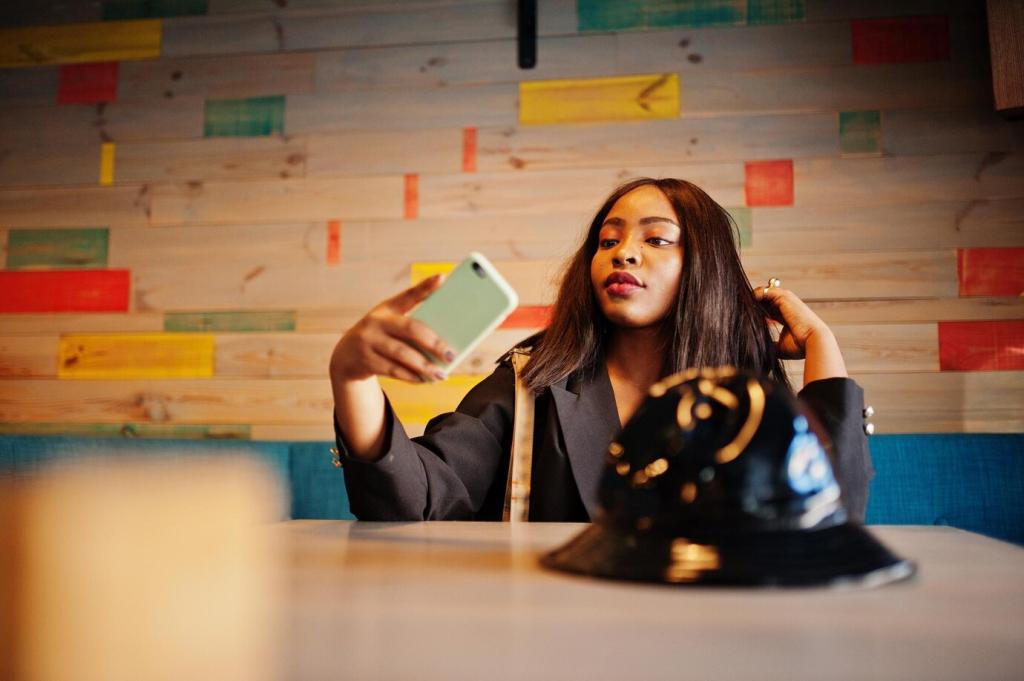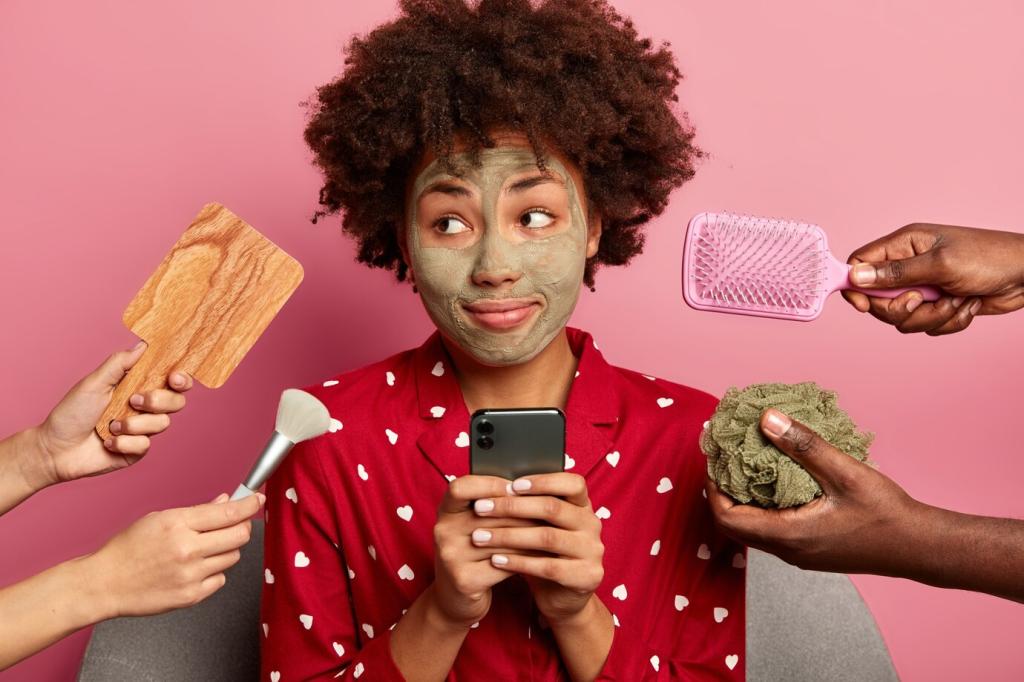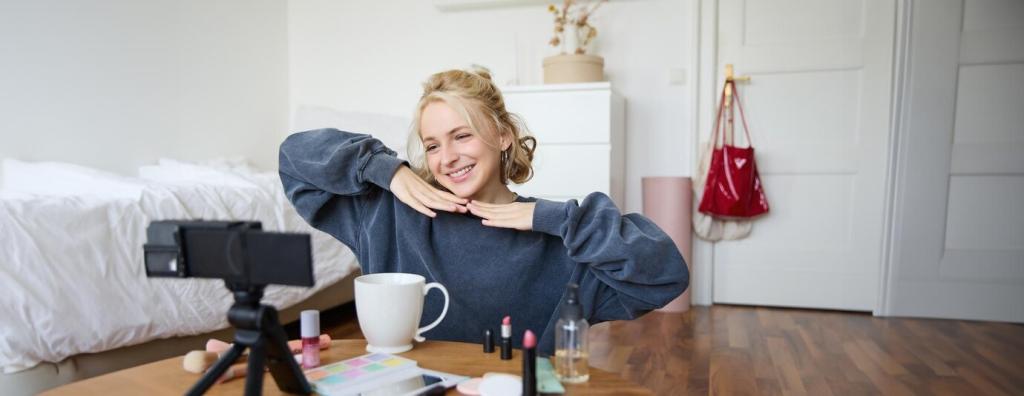From Niche Audio to Mainstream Spotlight
Podcasting grew from a simple idea: syndicate audio like blogs via RSS and let listeners subscribe. Early adopters hacked together workflows with clunky software and boundless enthusiasm. A handful of indie voices proved distribution could be decentralized and personal, opening the door to anyone with a mic, a story, and persistence.
From Niche Audio to Mainstream Spotlight
When smartphones bundled podcast apps and high-speed data, listening jumped from desktops to train rides, kitchens, and dog walks. Commuters discovered episodes fit perfectly between transfers. A nurse told us night shifts felt less lonely because a favorite host’s voice made twelve hours sound like company instead of clockwork.





